Fujifilm FinePix S8000fd Review
Fujifilm FinePix S8000fd
Fuji's long-awaited super-zoom flagship is here at last. Can it live up to the hype?
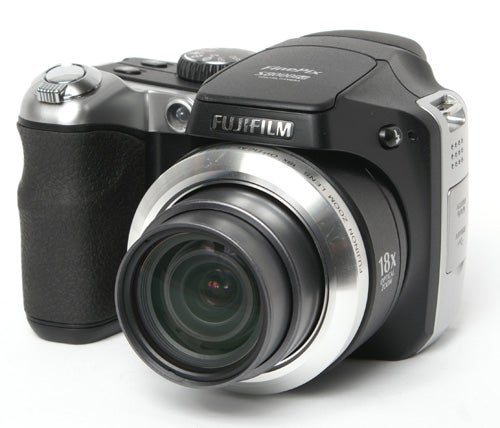
Verdict
Key Specifications
- Review Price: £199.00
OK everyone, you can stop emailing me; it’s here at last, the much-requested review of the Fujifilm FinePix S8000fd. I’ve had more enquiries about this camera than anything else in the last few months. If everyone who’s asked me about it buys one, I think I’ll buy shares in Fujifilm.

I have to admit I’ve been curious about the S8000fd myself. It’s the new flagship of Fuji’s super-zoom cameras, heading a range that includes the S6500fd, S5700, S5600 and the S5800 which I have yet to review. Anything that can exceed the capabilities of such an extremely impressive range of cameras has to be something very special indeed.
Announced in July of this year but not launched until September, the S8000fd has a tempting specification. It has an 8-megapixel CCD (although not a SuperCCD), and an 18x optical zoom, f/2.8-4.5 lens with a focal length range equivalent to 27- 486 mm, crucially slightly wider-angle than its main competitor, the excellent Panasonic FZ18. As well as this it is equipped with moving-sensor image stabilisation, a 2.7-inch 230k LCD monitor, face detection technology and a maximum ISO setting of 6400. Comparisons with the FZ18 don’t end at the specs list. The S8000fd has a list price of £299.99, the same as the Panasonic camera, but as is usually the case with Fujifilm cameras it is available from many online retailers at a big discount, and you can already pick one up for under £200. The cheapest current price for the FZ18 is around £260.
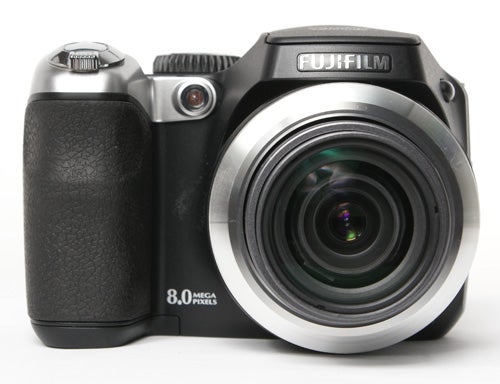
If you buy an S8000fd you certainly won’t be disappointed when you first open the box. It’s a great looking camera, with a stylish modern design finished in matt black, flat metallic silver and chrome. The body design, which has evolved though a long and successful series of Fuji super-zoom cameras, is broadly similar to that of the S5700, with a large and extremely comfortable rubberised handgrip that includes a very secure thumbgrip area on the back, also with a textured rubberised grip. The shape of the body fits the hand beautifully, and all the controls fall neatly under the fingers. As an exercise in ergonomic camera design it deserves some sort of award.
Build quality is also very good, and despite its plastic body it feels very strong and solid. It’s quite a heavy camera, weighing 410g minus the four AA batteries that power it. Add a set of standard alkalines and the weight goes up to over 500g, about 100g heavier than the S5700 or the FZ18. Of course that huge lens accounts for a large proportion of the camera’s weight, but with the batteries inside the handgrip it feels well balanced. Despite its weight the S8000fd is fairly compact for a super-zoom camera, and is noticeably smaller than the FZ18.
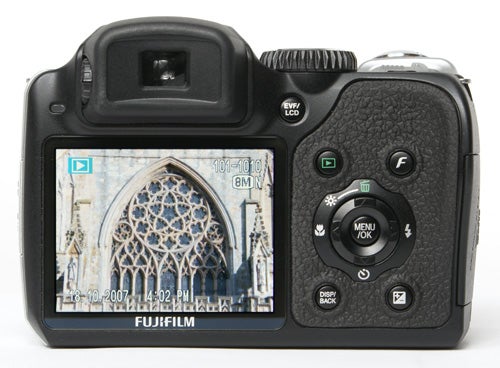
The S8000fd is packed with enough features to cope with almost any situation. It has a range of manual exposure options, including program, aperture and shutter priority auto and full manual exposure. The aperture can be set in 1/3EV steps to a minimum of F8, and shutter speeds from four seconds to 1/2000th of a second can be selected, also in 1/3EV steps. As well as this it has a scene mode option with 13 scene programs. There are two scene mode positions on the main mode dial, so you can select two different scene modes and switch instantly between them. Another neat feature on the mode dial are the two natural light settings. One takes a photo using just available light, while the other takes two shots, one using natural light and the other using the pop-up flash, displaying them side-by-side so you can pick which one you prefer.
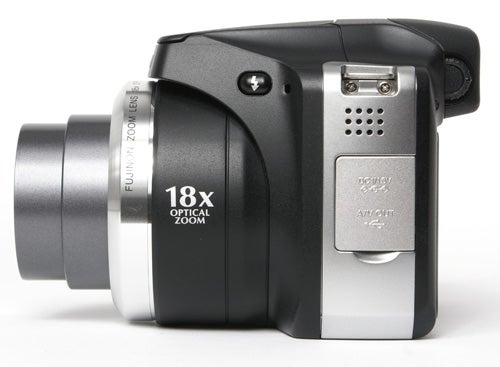
I’m not normally a fan of face detection systems, but the one in the S8000fd is particularly impressive. It is extremely fast-acting and seems to be rather better at detecting faces that are not looking straight at the camera than are most such systems. It will detect one main face and up to nine others in the frame and attempt to balance focusing and exposure to make sure they are all correctly captured. As well as this the face detection system is used to detect and automatically remove flash red-eye without removing other red objects from the shot.
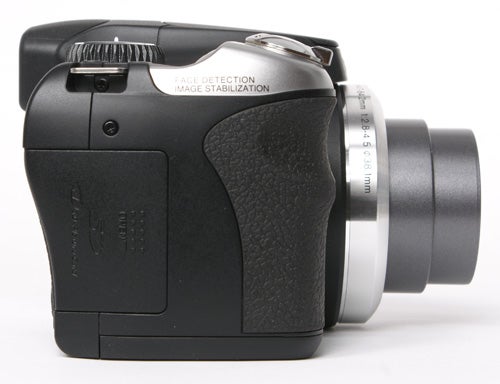
The S8000fd has a two-part image stabilisation system. It has a moving-sensor (CCD-shift) mechanical image stabilisation system, and an ISO-boost system which gives a faster shutter speed, reducing both camera shake and motion blur. I’m not keen on ISO-boost anti-shake systems, because they inevitably result in an increase in image noise. Fortunately with the S8000fd it is possible to use just the mechanical system, and it is massively impressive. Using the viewfinder for a bit of extra stability, I found I was able to take sharp hand-held pictures at maximum zoom, at shutter speeds as low as 1/10th of a second with reasonable reliability. For a focal length of nearly 500mm this is an amazing performance, certainly one of the best I’ve seen. I very much hope that Fujifilm is going to incorporate this IS system into the replacement for the FinePix S9600 which is probably due early next year.
Overall performance is also impressive, in fact deceptively so. Super-zoom cameras can be a bit slow to start up, and when you switch the S8000fd on it seems like it takes a long time to power up, but in fact it starts in just under three seconds, which isn’t at all bad, and shuts down again in about two and a half seconds. In single-shot mode it has a shot-to-shot cycle time of just under three seconds, which is also pretty good, and in long-period continuous shooting mode it takes a shot every two seconds. It has a top-three burst mode which fires three shots in just under three seconds, as well as two very high speeds burst modes that can fire 14 shots in under three seconds at 4MP or about one and a half seconds at 2MP picture size. Focusing is reasonably quick, although it does slow down a bit at telephoto zoom settings. Low light focusing is also extremely good, and the very bright AF assist lamp means that it can focus fairly reliably in darkness at a range of about four metres.
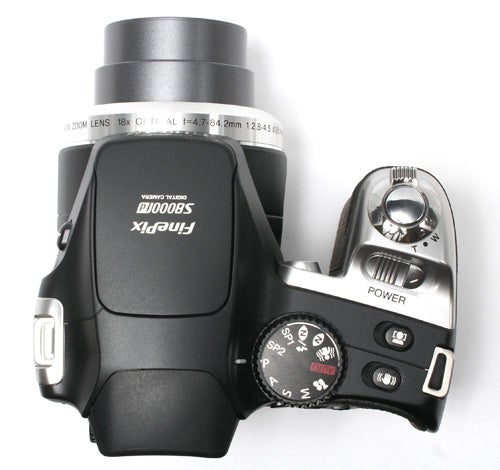
I must also make special mention of the built-in flash. It uses Fuji’s Intelligent Flash system to ensure accurate flash exposure at close range, and is also one of the most powerful built-in flashes I’ve ever seen, with a range of eight metres at wide angle and three metres at telephoto. The video mode on the other hand is really nothing special. It shoots at VGA resolution with mono sound, and the optical zoom cannot be used while filming.
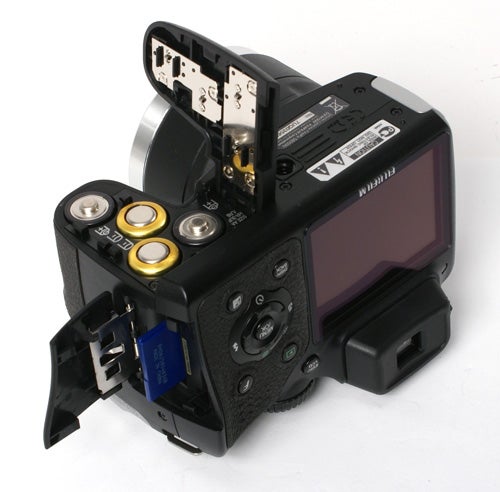
Finally we come to picture quality, and here I can answer one of the questions that I have been asked by several readers: should they buy this camera or the S9600? If you want a hugely versatile super-zoom camera with all the snapshot convenience of a compact as well as a lot of advanced features, then buy the S8000fd, but if you’re looking for ultimate picture quality then the S9600 is definitely a better choice. Not that the S8000fd has bad picture quality, but it does have some serious limitations. It uses a conventional CCD sensor rather than Fujifilm’s more sophisticated SuperCCD system, and it is quite a small sensor too, just 1/2.35-inches, barely larger than the sensor in most pocket compacts. As a result, it lacks the outstanding high-ISO performance and superb dynamic range of some of Fuji’s other models. Nonetheless, the exposure system is very good and makes the most of what it’s got to work with, and colour rendition is superb. The level of fine detail is about what I’d expect from a good 8MP camera, and at low ISO settings the picture quality is very good indeed. The lens performs well, but it does produce some rather uneven spherical distortion at wide settings, and some pincushion distortion at telephoto settings. I also noticed some chromatic aberration towards the edges of the frame, especially at wider settings.
”’Verdict”’
The Fujifilm FinePix S8000fd is a very sophisticated and immensely versatile camera for all types of photography, with enough features to make up for a slight lack in total image quality. It has superb handling, very good performance and excellent build quality, and while it may not have the semi-pro credentials of the S9600 is it is still a good hobbyists camera. For a price of under £200 it is a real bargain that will not disappoint.
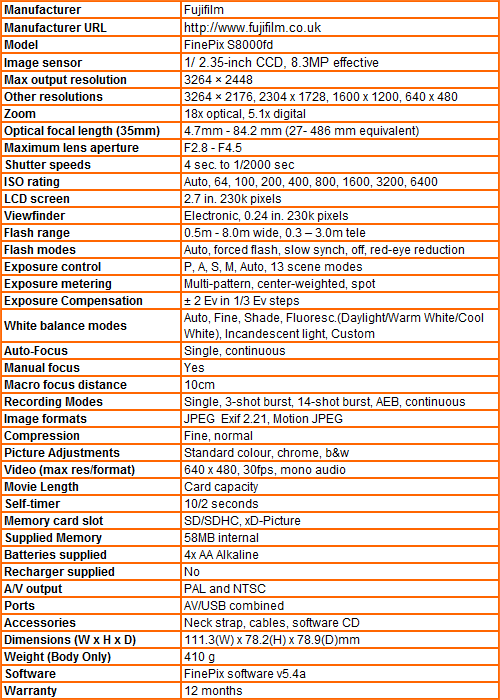
”Over the next few pages we show a range of test shots. On this page the full size image at the minimum and maximum ISO settings have been reduced to let you see the full image, and a series of full resolution crops have taken from original images at a range of ISO settings to show the overall image quality.”
—-
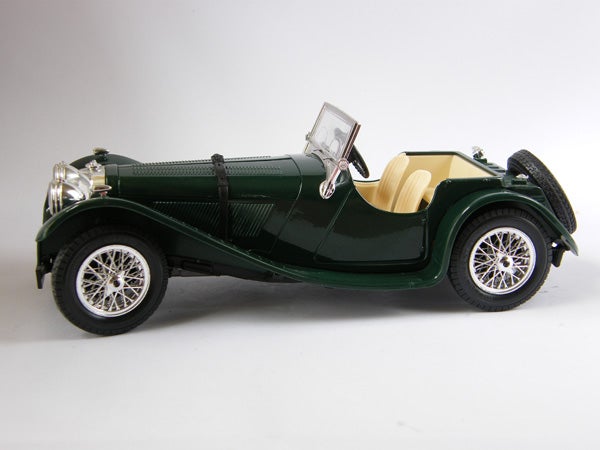
—-
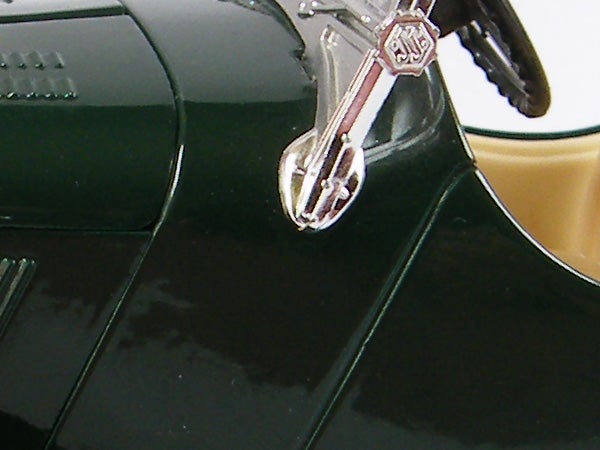
At the minimum setting of 64 ISO the image quality is superb, with no trace of noise and perfect colour rendition.
—-
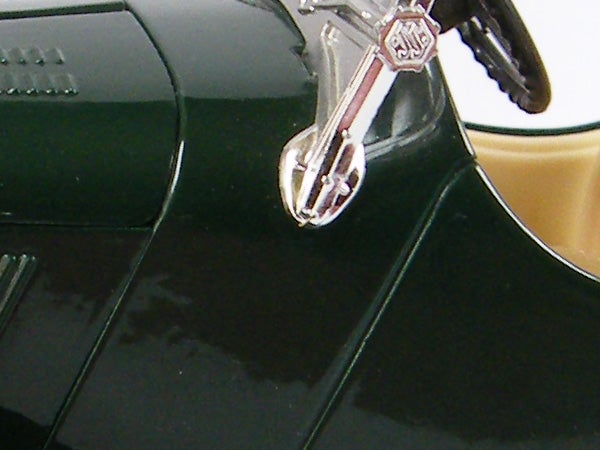
Still very good at 100 ISO.
—-
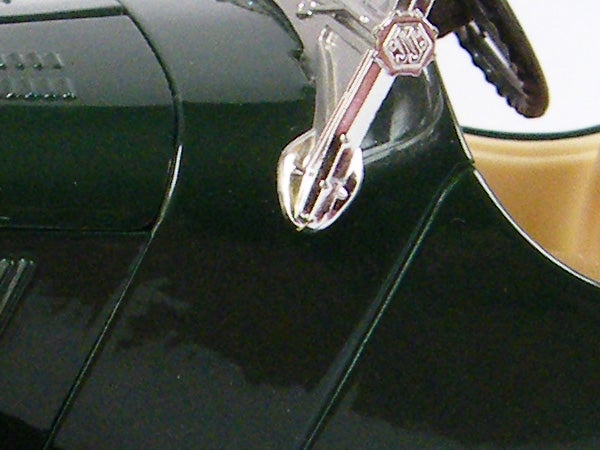
Due to the small sensor there is a some image noise creeping in at 200 ISO, but it would be unnoticeable on all but the largest print.
—-
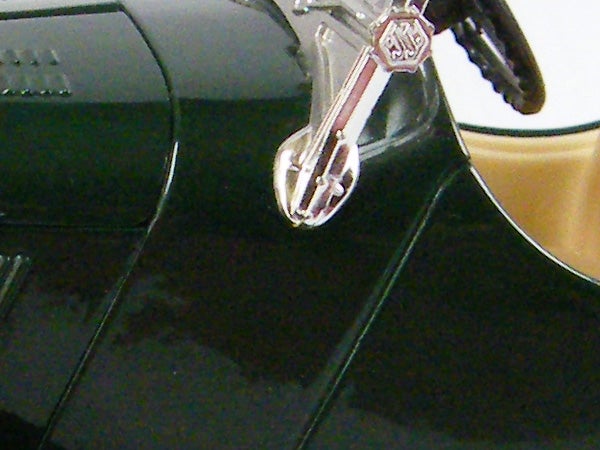
Noise is a little worse at 400 ISO, but still not much to worry about, with plenty of detail left.
—-
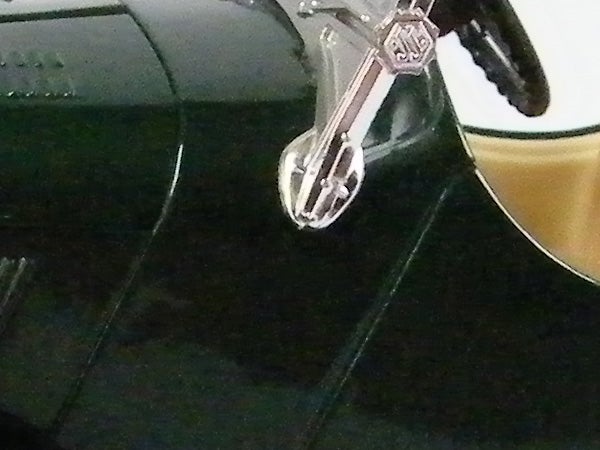
At 800 ISO the noise reduction system really kicks in and the image quality suffers as detail is sacrificed to reduce noise.
—-
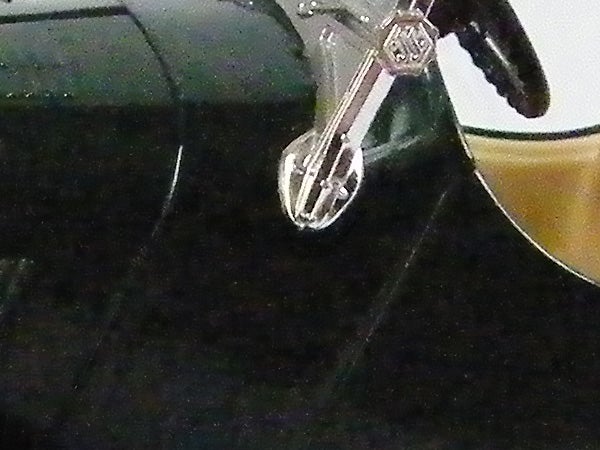
At the highest full-resolution setting of 1600 ISO the image quality is considerably lower, with random speckles and poor detail.
—-
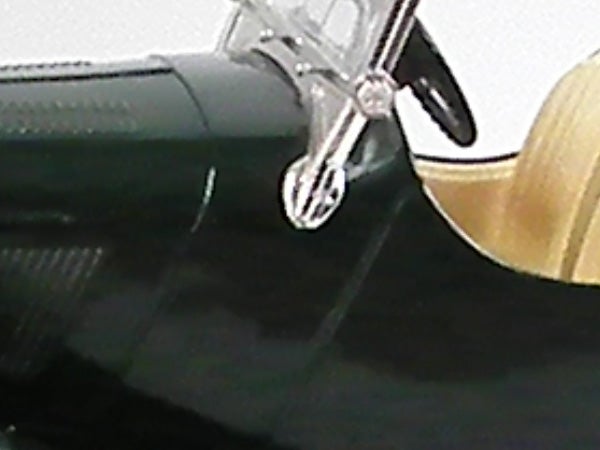
3200 ISO is available but only at 4MP, resulting in a smaller image size and very poor detail, but it would probably look OK in a small print.
—-
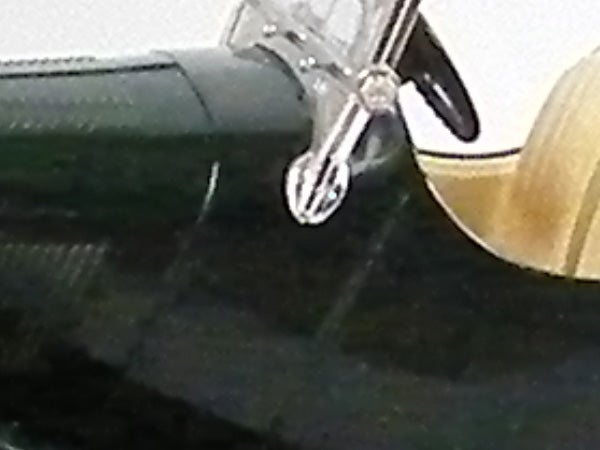
Image quality at 6400 ISO is very poor, looking like a still from a webcam, but overall colour and exposure are not too bad.
—-
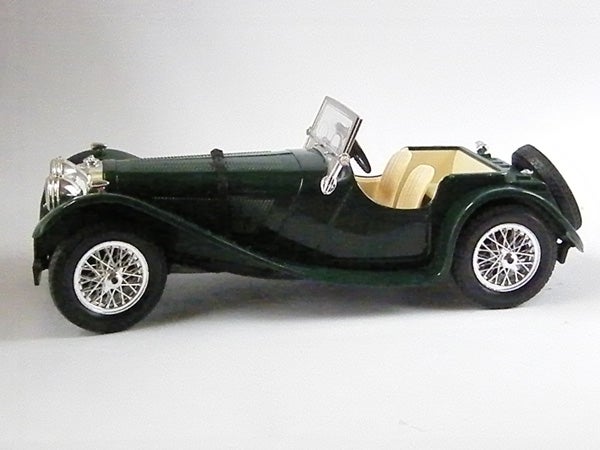
This is the full frame 4MP shot at 6400 ISO.
—-
”A range of general test shots are shown over the next two pages. In some cases, the full size image has been reduced for bandwidth purposes, and a crop taken from the original full resolution image has been placed below it to show the overall image quality. Some other pictures may be clicked to view the original full-size image.”
—-
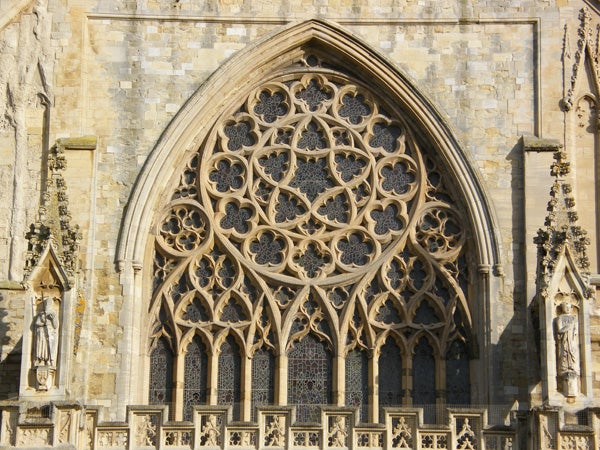
Here’s my usual detail test shot of the West Window of Exeter Cathedral, for you to compare with other cameras. See below for a full res crop, or click to see the whole picture.
—-
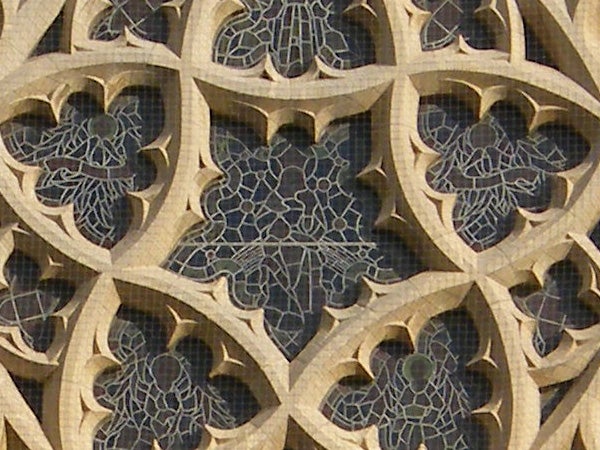
The overall level of fine detail is very good.
—-
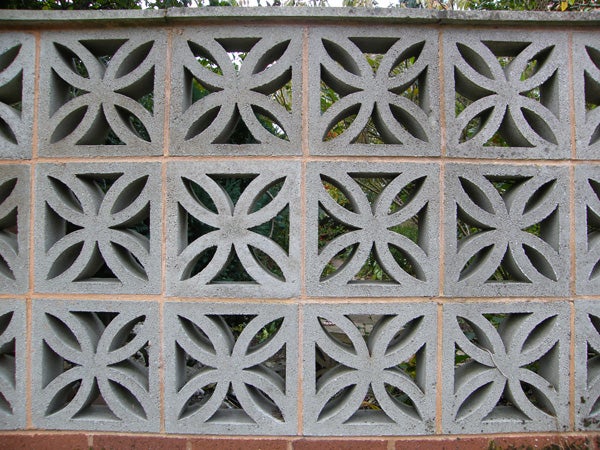
At the wide angle end of the zoom range the lens produces some uneven spherical distortion around the centre of the frame.
—-
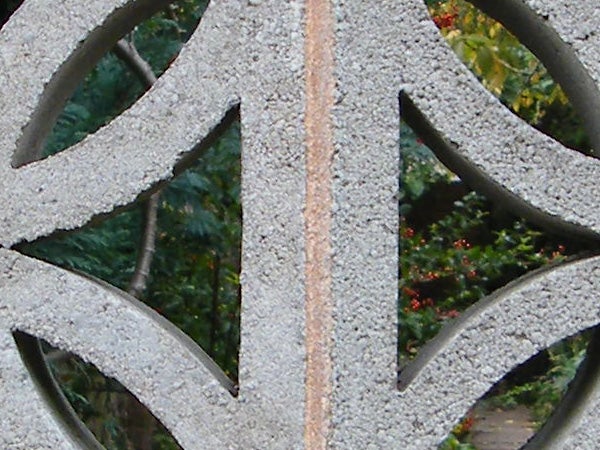
Sharpness is very good in the centre of the frame.
—-
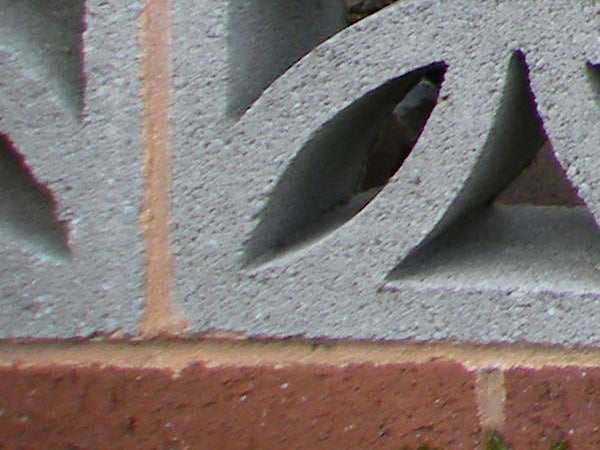
There is some chromatic aberration visible towards the edges of the frame, and sharpness falls off in the corners.
—-
”A range of general test shots are shown over the next two pages. In some cases, the full size image has been reduced for bandwidth purposes, and a crop taken from the original full resolution image has been placed below it to show the overall image quality. Some other pictures may be clicked to view the original full-size image.”
—-

The short end of the zoom range is equivalent to 27mm, a true wide-angle setting and great for panoramic shots.
—-

The telephoto end is equivalent to 486mm, and is good for pulling in small details. This was shot from the same position as the previous picture, and hand-held at 1/300th of a second.
—-
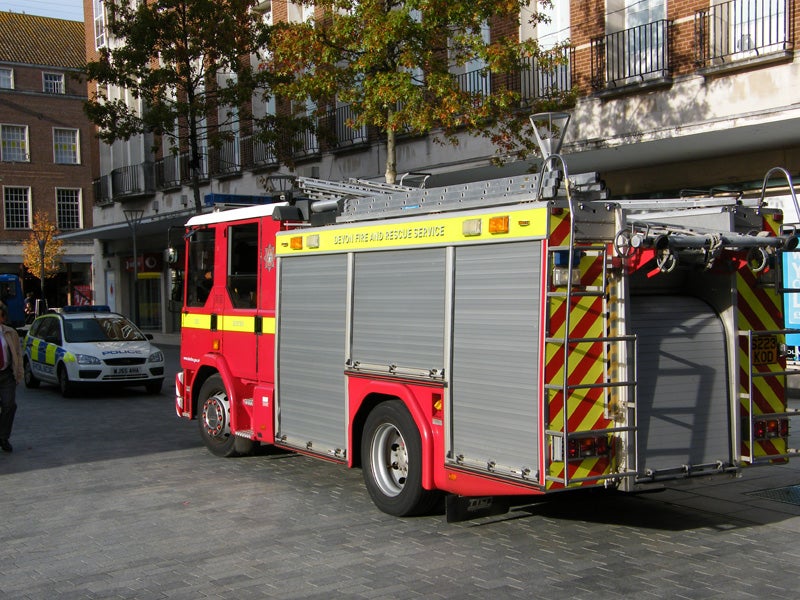
Colour reproduction and exposure are perfect.
—-
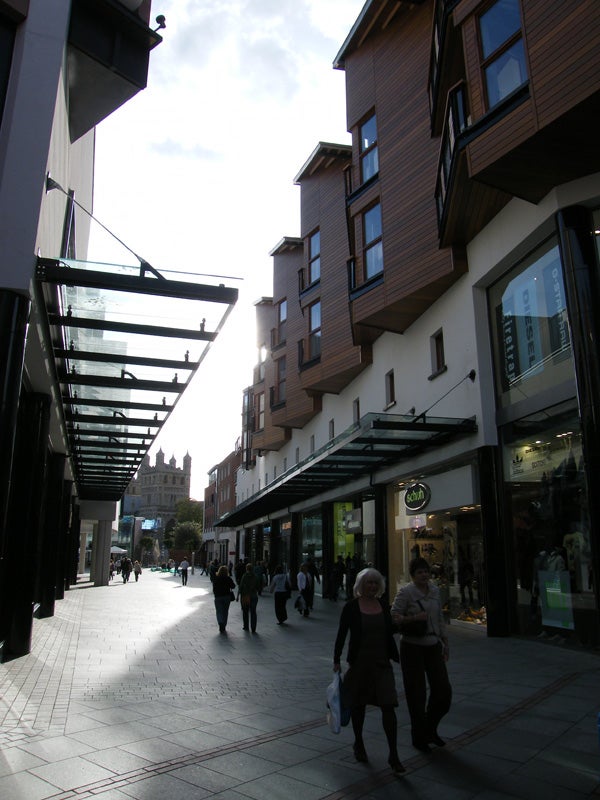
The small sensor performs surprisingly well in this high contrast shot, with both highlight and shadow detail visible.
—-

This was shot indoors in a room lit only with a 60W bulb, at 1600 ISO, hand-held at maximum zoom, with a shutter speed of 1/10th of a second. That is some seriously impressive image stabilisation.
—-
Trusted Score
Score in detail
-
Value 9
-
Image Quality 8
Features
| Camera type | Super Zoom |
| Megapixels (Megapixel) | 8 Megapixel |
| Optical Zoom (Times) | 18x |
| Image Sensor | CCD |
| Image Stabilisation | Electronic, Optical |
| LCD Monitor | 2.5 in |
| Flash modes | Auto Flash, Red-eye Reduction |
| Video (max res/format) | 640 x 480 |
| Memory card slot | xD-Picture Card, Secure Digital (SD) Card |

